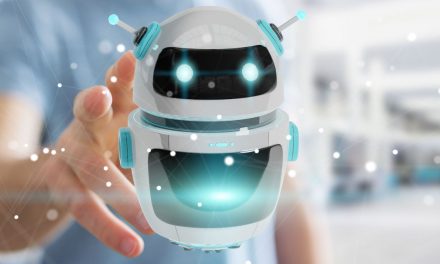By Jack Cumming
Robots are coming to senior living, and many have already arrived. It’s now common to have electronic door checks. Not long ago, that was a staff activity and consequently expensive. The nature of robotics is that once they are adopted, they lose the fanciful “robots” designation and simply become “door checks,” or “automatic teller machines,” or “elevator,” or whatever.
China
The proliferation of robots promises improved performance with lower cost. That’s why the World Robot Conference is important for senior living to follow. The conference just took place in late August in Beijing. Why Beijing? China is rapidly becoming the innovation center for such advances, surpassing the United States in imagination and creativity. In the meantime, though, concerns about China as a threat are preventing us from being as cognizant of developments there as we should be.
It’s no secret that the senior living industry has lagged in adopting effective technology. We all remember a time when an animated seal named Paro was considered high technology for eldercare. Not only has senior living lagged, but now that pace of advance is accelerating exponentially.
The Eldercare Lag
Few senior living technology officers are themselves on top of these advances. Provider technologists in this industry tend to wait for vendors to come to them, and they wait until vendors have created offers specific to eldercare. In the meantime, there are many general market devices and software that might improve senior living and make it less costly.
That disconnect was glaringly evident to this observer as I watched the news from Beijing. Politically, we are conditioned to view Beijing as an adversary, and that can blind us to what is blocked. The blocking of Huawei products from the U.S. and the prohibitive taxes on BYD (Build Your Dreams) cars are just two examples of how American politics impacts us.
Accelerating Progress
The exponential acceleration of robotic developments is driven by the rapid advances in what is called “artificial intelligence.” That’s not my favorite name for machine processes, but it’s caught on with its magical connotations both positively and negatively.
Increasingly, the gains from artificial intelligence are being deployed to enhance the capabilities of robotic devices. We can expect that soon these devices will become so capable, so affordable, and so ubiquitous that they will lose their “robot” designation. They will then be known for what they do, e.g., “household assistant” or “quality inspector.”
Remember the staff position of “clerk-typist.” We don’t call our word-processing computers “robotic clerk-typists.” We moved along, changed our expectations, and we just take today’s world for granted. That future is coming to senior living, and the industry would be at its best to be prepared.
Fascinating Robots
The category of robotic devices from the World Robot Conference that are most relevant to senior living is “home assist robots.” Many of the tasks in senior living are consistent with the tasks of everyday living in ordinary homes across the nation and around the world. Tasks like cooking, cleaning, and mobility assistance fall into this category.
Many of the rest of the tasks in senior living are manual labor. When we work with older residents we say that we “lend them a hand.” That’s why the development of robotic hands is so central to what’s happening just now. What still needs work are manual agility, i.e., the speed and skill of, say, moving an egg from refrigerator into a frying pan and onto a serving plate.
Tactile Sensation
Perhaps even more important is the need to give robotic hands the tactile sensation and reactive properties that enable humans to be gentle yet effective. That technology is close but still elusive. One company that caught my eye from the World Robot Conference is RealMan Intelligent Technology, with offices in Shenzhen, Jiangsu, and Beijing, all in China. Instead of making a fully humanoid device that can walk and talk, they are concentrating on arms like those seen in modern automobile assembly plants. The difference is that their arms are scaled to the task, which might be cooking or safely lifting a patient, etc.
An Opportunity to Be Grasped
This gives an inkling of the degree of ingenuity and judgment that are essential if senior living is to gain the benefits of the AI-enabled, robotic revolution. It’s very important that senior living operators thinking of taking advantage of these new capabilities not rely solely on the marketing representations of vendors.
Instead, they will need to develop their own talent so that they can look critically at vendors and concentrate on being wise buyers. The alternative is to be duped, and the vulnerabilities of senior living are too great to take that chance, as nice as it may seem to be wooed and courted by a skilled vendor salesperson.
Most important of all is that the industry not allow itself to be leapfrogged by the wider world as has happened in the past. The best interests of the industry are to stay in the van of the robotic revolution. That’s a survival need in a time in which staying put at home is becoming a more and more attractive alternative to moving into congregate living.








